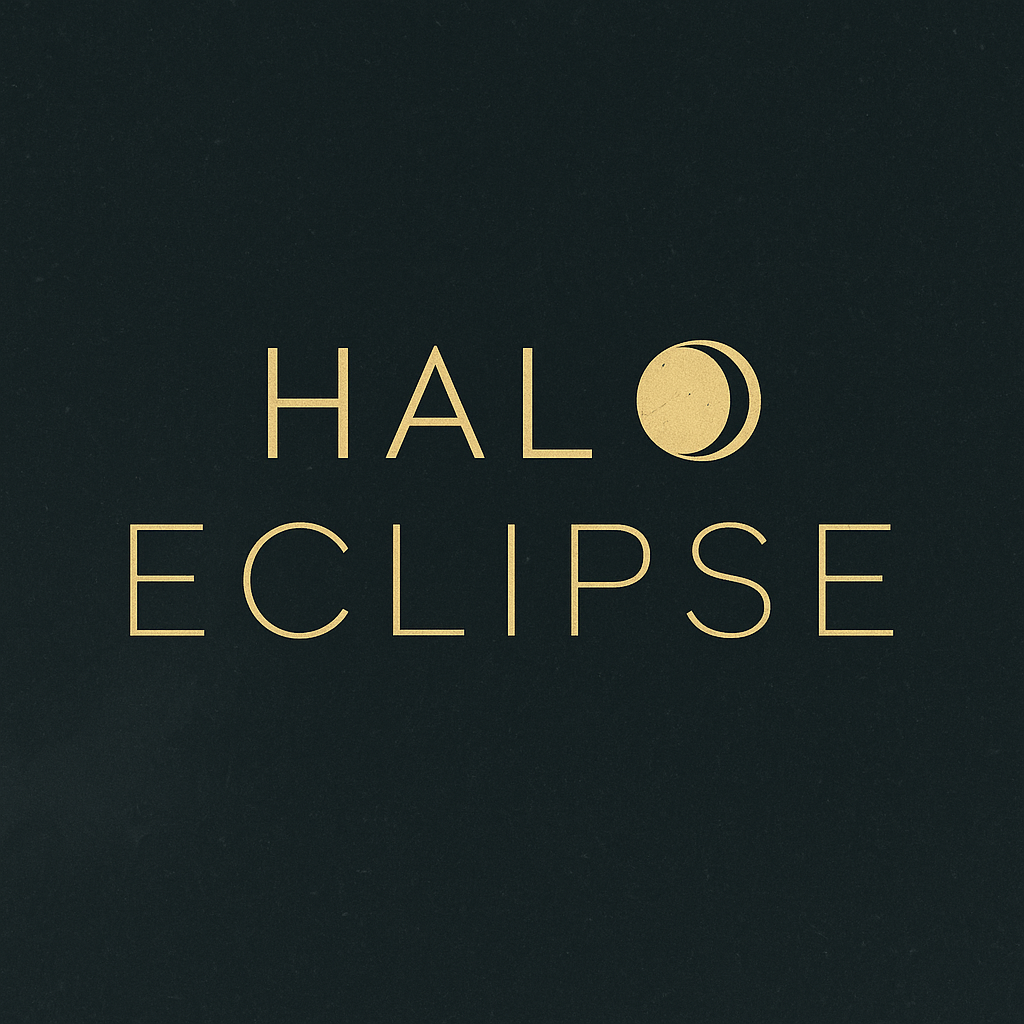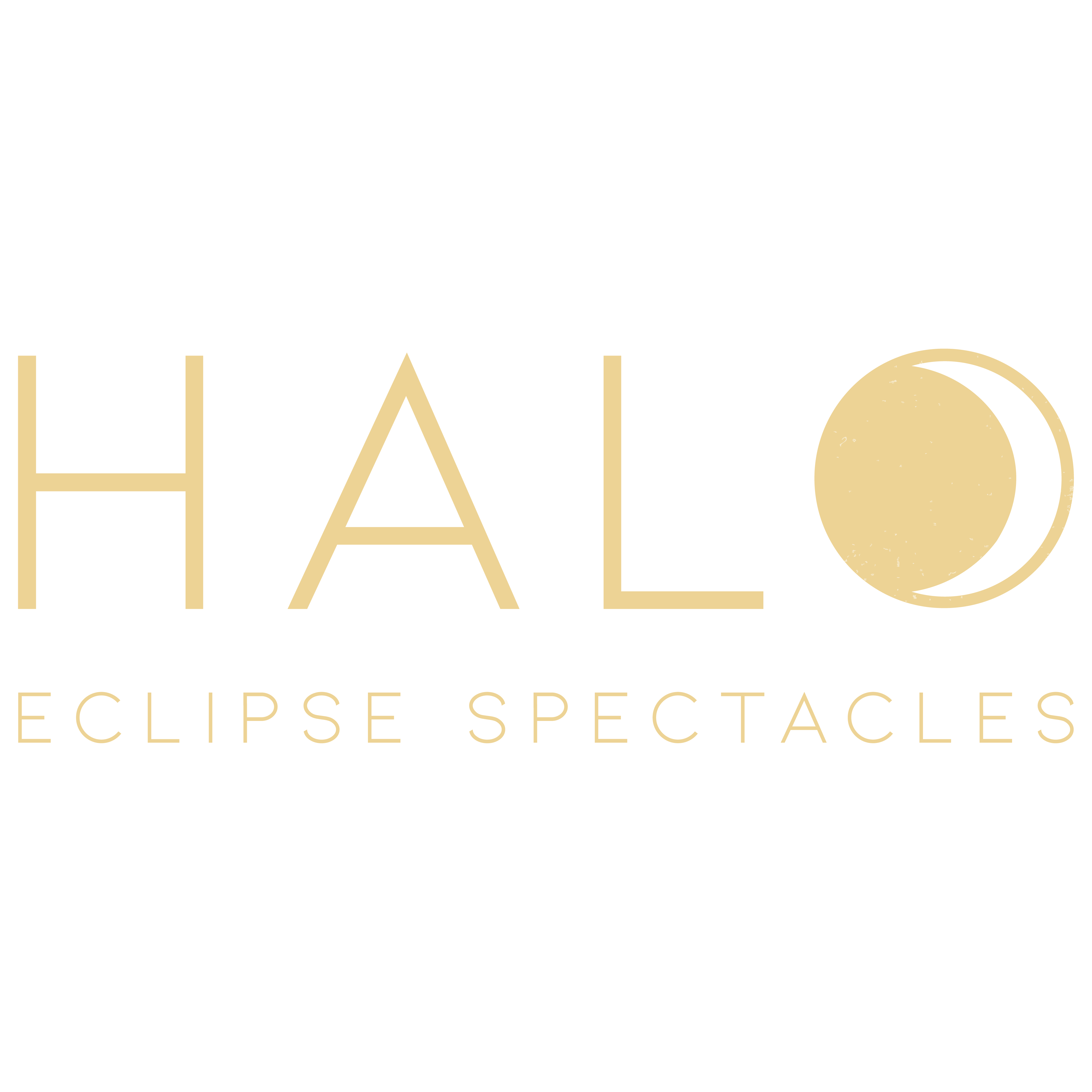Safey Pledge and ISO Certification
 As we approach the total solar eclipse on April 8, 2024, an event that will sweep across North America, there's no better time to talk about the importance of eye safety. HALO is committed to your preparedness for the eclipse. We'd like to share some facts about solar viewing safety and HALO's highest safety standards to help you enjoy the totality with confidence.
As we approach the total solar eclipse on April 8, 2024, an event that will sweep across North America, there's no better time to talk about the importance of eye safety. HALO is committed to your preparedness for the eclipse. We'd like to share some facts about solar viewing safety and HALO's highest safety standards to help you enjoy the totality with confidence. First off, as most of us know, viewing the Sun directly, especially during an eclipse, can lead to serious and permanent retinal damage. The intense visible light can burn the retina, a part of the eye that lacks pain receptors, meaning you won't feel the damage as it happens. The effects of this damage might not become apparent until it's too late, potentially reducing your chances of regaining full vision.
According to Dr. Ralph Chou, the author of the ISO12312-2 global safety standard covering filters and sunglasses for the direct observation of the Sun, a minimum attenuation factor of 160,000 is required for comfortable viewing (i.e., visual transmittance < 0.0006% at solar noon). Even when 99% of the Sun's surface is obscured during the partial phases of a solar eclipse, the remaining crescent Sun is still intense enough to cause a retinal photochemical injury, even though illumination levels are comparable to twilight and it seems safe to look without a protective filter. Viewing the Sun through binoculars, a telescope, or other optical devices without proper protective filters can result in immediate thermal retinal injury because of the high irradiance level in the magnified image.
To address these risks and ensure a safe viewing experience, HALO has developed our line of solar viewing glasses. Our products were developed after extensive research and development aimed at meeting the strict ISO12312-2 standard. HALO's glasses have undergone rigorous testing by ICS and ORLAB, the preferred testing labs of the American Astronomical Society (AAS). This comprehensive testing process ensures that our glasses reach the highest standard of of any product on the AAS provider list.
The crucial piece of advice for anyone planning to witness the 2024 eclipse is to never look directly at the sun without appropriate protection, except during the brief total phase when the moon completely covers the sun. Before and after this phase, it is essential to use your HALO solar eclipse viewers to prevent any chance of retinal damage. These viewers allow you to safely enjoy the breathtaking sight of the sun's corona surrounding the darkened moon against a dimmed sky, an experience enhanced by the surrounding twilight hues.
Our commitment to ensuring a safe and memorable viewing experience for the April 8, 2024, total solar eclipse is unwavering. Trust in HALO to provide you with the best possible protection and style for this spectacular celestial event.
Links:
Solar Eclipse Eye Safety, An Introduction, B. Ralph Chou, BSc, MSc, OD, FAOO
Solar Eclipse Eye Safety, B. Ralph Chou, BSc, MSc, OD, FAOO
Presentation on the New ISO Standard for Solar Filters, B. Ralph Chou, BSc, MSc, OD, FAOO
How to Safely See a Solar Eclipse, Sky & Telescope
Observing Solar Eclipse Safely, Adapted from Totality: The Great American Eclipses of 2017 and 2024
HALO Safety Report as per AAS Requirements for Suppliers of Safe Solar Viewers & Filters




